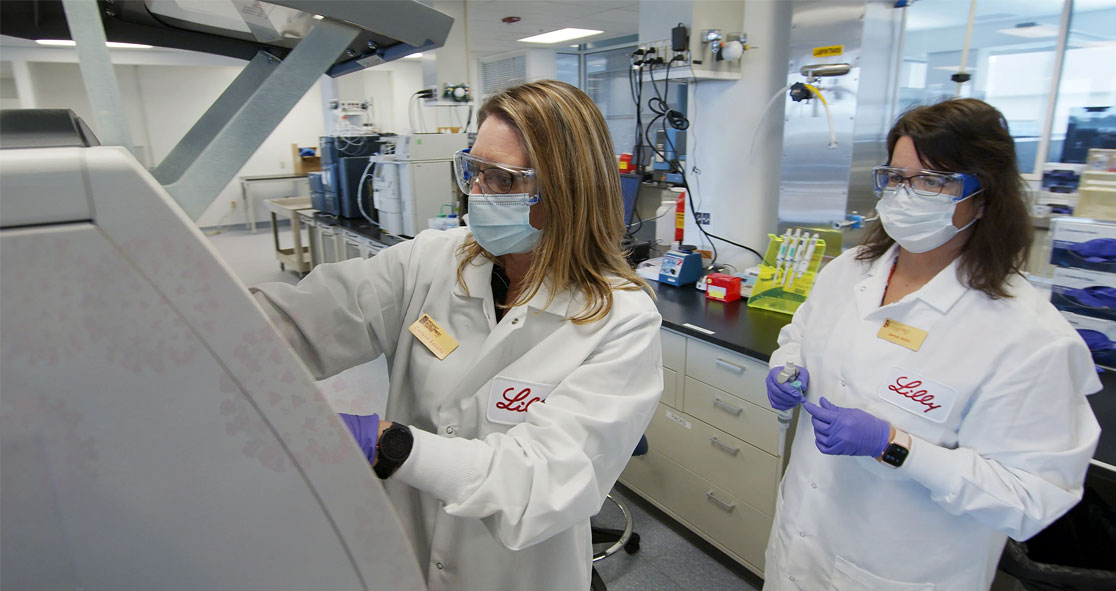On Monday, the U.S. Food and Drug Administration (FDA) issued an Emergency Use Authorization (EUA) for the experimental monoclonal antibody therapy called bamlanivimab, developed by Eli Lilly, for treating mild to moderate COVID-19 infection in adults and children.
The therapy has the FDA’s EUA for treating patients who have tested positive for COVID-19 and who are considered to be at risk of developing serious implications, requiring hospitalization.
Bamlanivimab will be given to patients who 12 years and above, with a weight of at least 88 lbs., including patients aged 65 years or above with certain medical conditions.
Eli Lilly’s monoclonal antibody treatment is not approved for use in patients who are hospitalized and require oxygen therapy due to COVID-19.
The federal government contract with Eli Lilly involves the purchase of 300,000 bamlanivimab doses through December. The government may procure additional 650,000 doses through June 2021.
The U.S. Department of Health and Human Services (HHS) Secretary Alex Azar said Tuesday that due to Operation Warp Speed, “we have supplies to distribute now. Product distribution will begin this week.”
“We talked about building the bridge to safe and effective vaccines” for COVID-19, he added. “With this therapeutic, the bridge is taking shape.”
The recommended dose of Bamlanivimab is 700 mg, which will be administered as a 1-hour infusion. The patients who received this therapy will be kept under observation to check for any infusion-related side effects. The approved dose of 700 mg is on the lower end of the therapy’s dose.
Dr. Janet Woodcock, Director of the FDA’s Center for Drug Evaluation and Research, said, “The lower dose is a rational choice in this situation because we don’t want to give more of a drug than you need. I think we could probably go lower.”
Bamlanivimab is known to work by adhering to the virus and preventing its entry into the human cells, helping the immune system to get rid of the virus, according to Dr. Woodcock, who is also the therapeutics lead for Operation Warp Speed.
“The goal is to treat high-risk people as soon as possible after they show symptoms and are diagnosed,” she added.
Some of the potential side effects of the therapy include anaphylaxis, infusion-related reactions, nausea, vomiting, diarrhea, dizziness, headache, and itching.
FDA Commissioner Dr. Stephen Hahn said, “As illustrated by today’s action, the FDA remains committed to expediting the development and availability of potential COVID-19 treatments and providing sick patients timely access to new therapies where appropriate.” The article originally appeared on Medscape Medical News.























